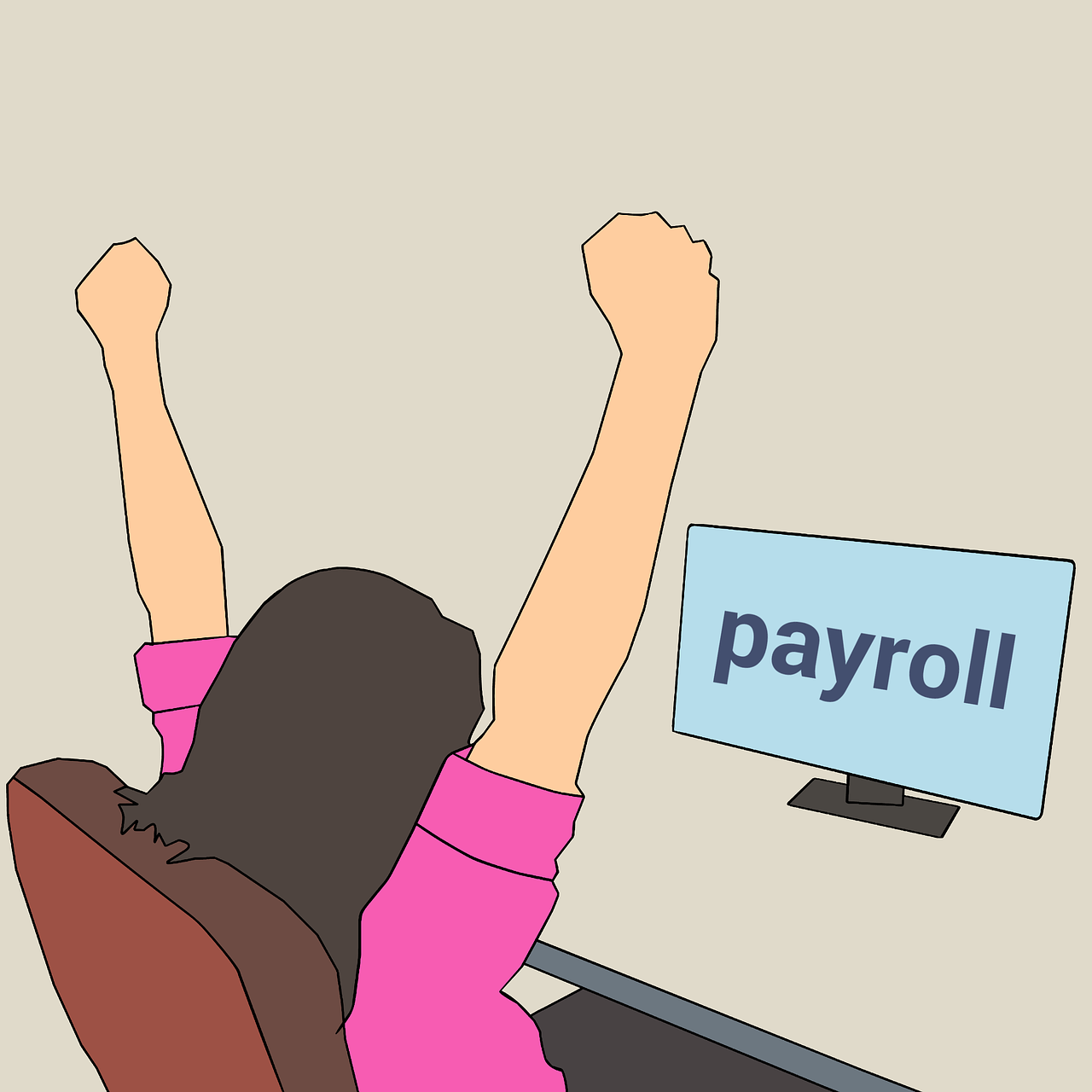When you start a business, the idea of hiring your first employee can feel both exciting and overwhelming. At first, you might think it’s easier to handle everything yourself, but as work piles up, doing it all solo can limit your growth.
Understanding when it’s time to set up payroll depends on more than just your company size. It’s about compliance, accurate recordkeeping, and ensuring that employees feel secure about their wages. Let’s break down the signs that you’re ready to make the leap.
Understanding Payroll Basics
Payroll is more than just writing a check to an employee. It involves calculating taxes, tracking hours, and ensuring compliance with both state and federal laws. Even a single employee requires proper documentation, tax withholdings, and accurate records.
Some business owners assume that payroll is only for larger teams, but the reality is that, once you hire your first worker, you become responsible for meeting employer obligations. Failing to set up a proper system can lead to penalties and messy financial records.
When Does Payroll Become Necessary?
If you bring someone on as an employee instead of a contractor, you’ll need to set up payroll. Contractors take care of their own taxes, but employees rely on you to handle withholdings, benefits, and make sure they get paid on time. Here are some signs it’s time to get your payroll in place:
- You’ve hired a part-time or full-time worker who is not an independent contractor.
- You pay consistent wages or salaries instead of one-off payments.
- You plan to scale your team in the near future.
Waiting too long to formalize payroll can create headaches, including tax miscalculations and compliance issues.
Is One Employee Too Small for Payroll?
The short answer: no. Even with a single employee, payroll is necessary to stay compliant. Setting up payroll early prevents future stress and helps you stay organized. Plus, paying someone through a structured process builds trust and professionalism.
You might feel that a manual system like a spreadsheet works for now, but errors can quickly add up, especially when you’re tracking hours or figuring out overtime.
Tracking Hours Accurately
If your employee is hourly, time tracking is essential. Miscalculating hours leads to payroll errors that can harm your business relationships. A simple time card conversion tool can help you accurately calculate total work hours and ensure correct pay.
Accurate tracking also helps you spot trends, like when employees work overtime or when certain tasks take longer than expected. This insight can help you plan future staffing needs more effectively.
Managing Payments and Invoicing
While payroll focuses on employees, you may also need a way to bill clients or customers. If you’re balancing both payroll and invoicing, streamlining the process becomes key. An online invoice maker can save time and reduce errors, ensuring that both outgoing and incoming payments are well-documented.
Focusing on both paying your staff and collecting payments helps keep your cash flow healthy. Without organized systems in place, you risk falling behind on obligations or losing track of outstanding invoices.
Common Mistakes When Starting Payroll
Many small business owners make the same errors when they first bring on employees. Some of the most common include:
- Misclassifying employees as contractors to avoid payroll taxes.
- Failing to withhold the correct federal and state taxes.
- Forgetting to keep proper payroll records for audits or tax filings.
- Relying on outdated manual processes that increase the chance of errors.
These mistakes can be costly and time-consuming to fix, which is why it’s best to get payroll right from the beginning.
Another frequent oversight is neglecting to register with the proper tax authorities before issuing payments. Some businesses also forget to obtain employee identification numbers or skip required paperwork like W-4s and I-9s. In addition, ignoring local labor laws, such as mandated sick leave or state-specific wage requirements, can open the door to fines and legal issues. Others may fail to set clear payroll schedules, leading to confusion or dissatisfaction among employees. By preparing ahead and understanding your obligations, you’ll avoid common pitfalls and set a professional tone from day one.
When to Outsource or Automate Payroll
If payroll is eating into your time or causing stress, outsourcing or using automated tools can be a smart move. The time you spend calculating wages, taxes, and filings could instead be spent growing your business. Automating payroll also reduces the risk of errors and ensures compliance with tax regulations.
Business owners often assume that payroll software is only for larger companies, but modern tools are built to scale with you, whether you have one employee or 20.
Signs You’re Ready to Formalize Payroll
You’ll know it’s time to move beyond ad-hoc payments when:
- Your employee asks for regular pay stubs or tax documentation.
- You find yourself spending more than a few hours each month on payroll tasks.
- You worry about tax deadlines and potential penalties.
- You want to project professionalism to future hires.
Even if you start small, creating a payroll process now will make future hiring much smoother.
Payroll for Small Teams
Deciding when to start payroll is not about reaching a specific number of employees; it’s about staying compliant and building a system that works for the long haul. Even if you have hired just one employee, setting up payroll right away helps you avoid costly mistakes and saves time as your business grows.
By using simple tools for time tracking and invoicing, you can keep your finances organized and reduce administrative headaches. When your business expands, you’ll already have the foundation in place to support a larger team with confidence.

